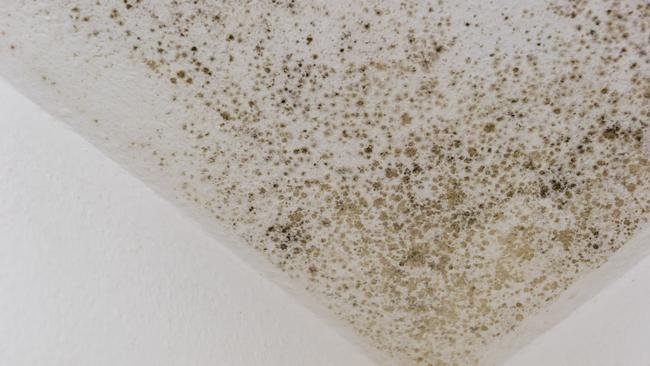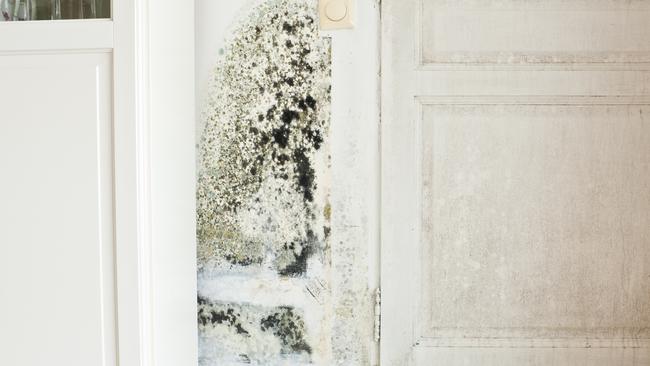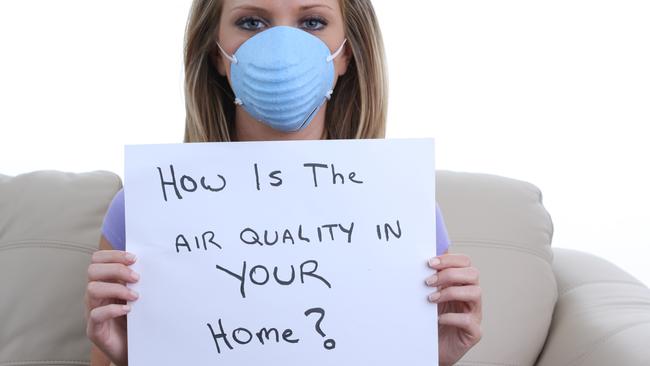Why you should be worried about mould
With Australia’s east coast battered by extreme weather in recent weeks, a toxic problem has found its way into homes. We investigate its hidden dangers.
Illness
Don't miss out on the headlines from Illness. Followed categories will be added to My News.
With the eastern states of Australia slammed by wild weather recently, residents have been left to tackle something toxic: mould in their homes.
Mould – also known as mildew – is a type of fungi.
In an environment which is damp or water-damaged, mould grows and releases bacteria that triggers health problems if people inhale it.

The World Health Organisation estimated in 2009 that 10 to 50 per cent of Australian homes were indeed damp and mouldy and that any exposure to mould poses a health risk.
So, what are the hidden dangers associated with mould and how can you stop it from causing havoc in your home and with your immune system?

The health risks associated with mould
If you have been exposed to mould, chances are you are exhibitingsymptoms of nasal congestion, wheezing and coughing.
It can also pose more of a risk to those who suffer from asthma, allergies or other respiratory conditions.
Professor of social epidemiology from the University of Melbourne, Rebecca Bentley, wrote on academic website The Conversation that “research shows dampness, mould and related airborne particles are associated with a range of adverse health outcomes, including increased risks of asthma, allergies, and respiratory infections and symptoms”.
“Some research suggests people exposed to mould in their homes report more severe depression and anxiety symptoms”, she added. “Of course, this association isn’t just about mould, and worsening mental health is likely to do with a range of factors associated with living with damp and mould, including poor housing condition, poverty, and general ill health.”

How to stop mildew from causing havoc in your home
You are best off trying to prevent mould, rather than have to deal with the after-effects of it.
You can stop mould in its tracks by ensuring that your residence has adequate ventilation and is not dusty. You can do so by:
• addressing all your home’s plumbing issues as mould feasts on leaky roofs and walls.
• ensuring that you open the doors and windows of your residence when the weather permits.
• using a dehumidifier. Helpful hint: some air conditioners have a dehumidifier humidity setting built in them.
• investing in an extractor fan to use while showering or doing the laundry to control excess humidity.
• avoiding bleach altogether as mildew can use it to grow. Instead, opt for a diluted version of vinegar to kill the fungi.
Originally published as Why you should be worried about mould




